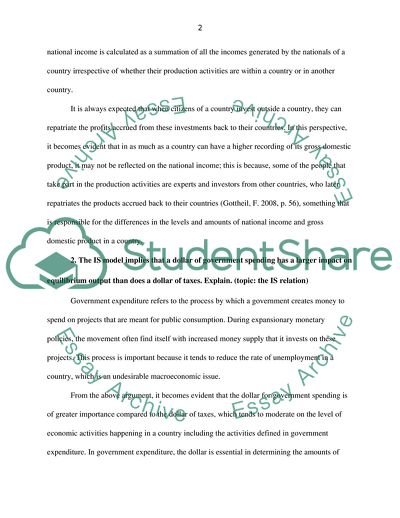Cite this document
(Introduction to Macroeconomics Coursework Example | Topics and Well Written Essays - 2000 words, n.d.)
Introduction to Macroeconomics Coursework Example | Topics and Well Written Essays - 2000 words. https://studentshare.org/macro-microeconomics/1862671-introduction-to-macroeconomics-coursework
Introduction to Macroeconomics Coursework Example | Topics and Well Written Essays - 2000 words. https://studentshare.org/macro-microeconomics/1862671-introduction-to-macroeconomics-coursework
(Introduction to Macroeconomics Coursework Example | Topics and Well Written Essays - 2000 Words)
Introduction to Macroeconomics Coursework Example | Topics and Well Written Essays - 2000 Words. https://studentshare.org/macro-microeconomics/1862671-introduction-to-macroeconomics-coursework.
Introduction to Macroeconomics Coursework Example | Topics and Well Written Essays - 2000 Words. https://studentshare.org/macro-microeconomics/1862671-introduction-to-macroeconomics-coursework.
“Introduction to Macroeconomics Coursework Example | Topics and Well Written Essays - 2000 Words”. https://studentshare.org/macro-microeconomics/1862671-introduction-to-macroeconomics-coursework.


